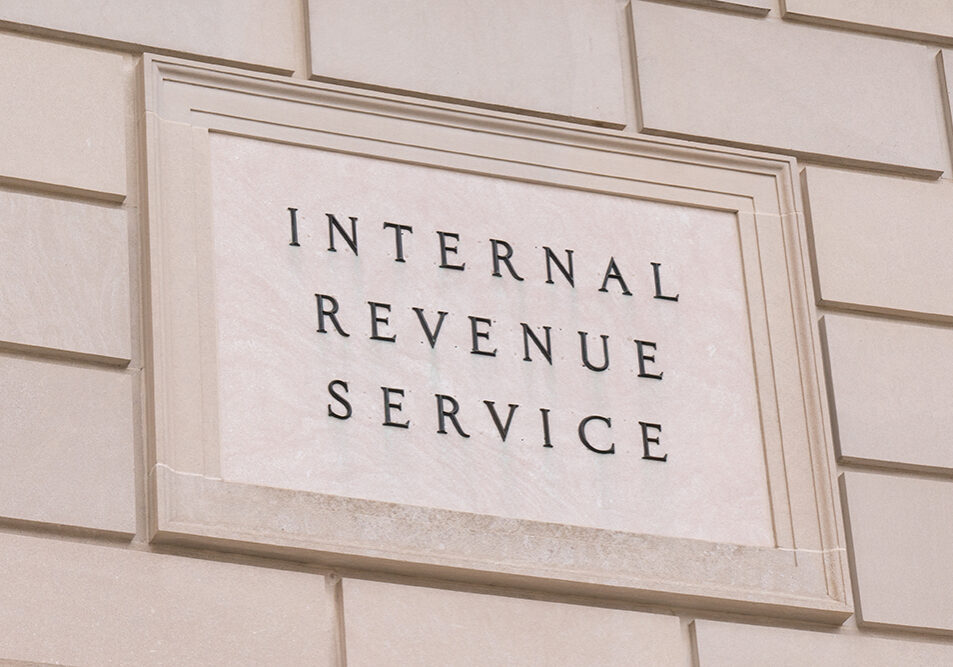Revenues
America’s tax code can be confusing and inefficient; most importantly, it does not raise sufficient revenues to pay for promises that have been made. The expiration at the end of 2025 of major provisions of the Tax Cuts and Jobs Act (TCJA) plays a prominent role in the plans. All of the organizations recognize the opportunity presented by those expirations to improve the country’s tax system, but vary in their approaches to doing so. All seven plans indicate that any extensions of the TCJA’s expiring provisions in 2025 must be offset to be at least revenue neutral.

Comparison Table
Comparison of Revenue Policy Proposals
Summary: How the Proposed
Revenue Plans Compare
Individual Income and Related Tax Revenues
Participants suggest different methods for addressing tax rates for individual income. MI and BPC mostly maintain the TCJA’s individual income tax rates at their current levels and make those rates permanent, with some exceptions. In MI’s plan, the top income bracket would return to its pre-TCJA rate of 39.6 percent; BPC’s plan increases rates for higher earners and reduces bracket thresholds by 10 percent for the top three individual income tax rates. AAF would return to pre-TCJA rates, and AEI would reduce the number of brackets and alter rates in those new brackets, with the highest rate being 35 percent. CAP, EPI, and PPI would increase individual income tax rates relative to the levels in the TCJA.
Most of the organizations would also address other elements of the TCJA, including its treatment of the standard deduction, personal exemptions, the alternative minimum tax, and provisions for pass-through businesses. In addition, three organizations (AAF, AEI, and PPI) would repeal the estate and gift tax (PPI would replace it with an inheritance tax); MI would keep such provisions as they exist now, and CAP and EPI would revert to the parameters that existed in 2009. Five organizations (AEI, BPC, CAP, MI, and PPI) also suggest modifying or repealing step-up in basis.
Organizations differed in their approach to the net investment income tax. Three organizations (AAF, AEI, and PPI) would repeal it while three organizations (BPC, CAP, and EPI) would expand it.
CAP proposes a minimum tax of 25 percent on total income, generally inclusive of unrealized capital gains, for all taxpayers with wealth greater than $100 million, and EPI would implement a wealth tax on net worth greater than $15 million.
Corporate Tax Revenues
AAF, BPC and MI would maintain the TCJA statutory rate on corporate taxes of 21 percent; AEI would reduce that rate to 20 percent while limiting the deductibility of net interest and permanently extending partial expensing of new investment. CAP, EPI, and PPI all raise it to between 25 percent and 35 percent. AAF, along with BPC, would repeal the corporate alternative minimum tax (CAMT), and PPI reforms the CAMT as part of revenue-neutral international tax package. Six organizations (AAF, AEI, BPC, CAP, EPI, and PPI) propose reforms to the tax structure for multinational companies (such as the Undertaxed Profits Rule, border adjustments, and tariffs).
Tax Expenditures
All seven organizations eliminate certain tax expenditures, but diverge in their approaches. AAF, AEI, and EPI would eliminate all or most individual tax expenditures. All participants other than AAF would adjust the Earned Income and/or Child Tax Credits in some fashion, some by modifying the current provisions and others by replacing them.
AEI, CAP, and EPI would eliminate most corporate tax expenditures. Organizations also choose to repeal energy-related tax expenditures (AEI and MI) and corporate state and local tax deductions (AEI, MI, and PPI). Five organizations (AAF, BPC, EPI, MI, and PPI) adjust rules to deductibility of interest and investment, such as bonus depreciation and full expensing.
Other Revenue Proposals
In addition to provisions related to the TCJA, Solutions Initiative 2024 participants propose a variety of other changes to the tax code. AAF, AEI, EPI, MI, and PPI all would institute a carbon tax (but at varying levels). AEI, BPC, and MI propose to increase the gasoline tax, while PPI would replace it with a new vehicle-miles-traveled tax. Additionally, CAP, BPC, MI, and PPI advocate for the permanent extension of increased funding for the Internal Revenue Service. CAP, EPI, and PPI propose other new taxes — CAP and EPI would institute a paid leave payroll tax, and PPI would incorporate a value-added tax in lieu of many aspects of the existing system.
Other Proposals
Four organizations (AAF, BPC, EPI, and PPI) include comprehensive immigration reform as part of their plans. The details of such proposals were not specified, but were scored in a similar manner to the Border Security, Economic Opportunity, and Immigration Modernization Act, which was proposed in the Senate in 2013. The net effect of the proposed legislation was to reduce the deficit as revenues from a larger labor force and economy were estimated to outstrip the additional spending for new immigrants.
Further Reading
How Much Would It Cost to Make the TCJA Permanent?
Most of the individual tax provisions and a handful of business provisions in the TCJA are scheduled to expire in the next few years.
How Did the TCJA Affect Corporate Tax Revenues?
For the first few years after TCJA’s enactment, revenues from corporate taxes dropped sharply, but they returned to pre-TCJA levels starting in 2021.
How Does the Capital Gains Tax Work Now, and What Are Some Proposed Reforms?
While the capital gains tax affects anyone selling a capital asset, higher-income individuals are typically subject to the tax more so than average Americans.



